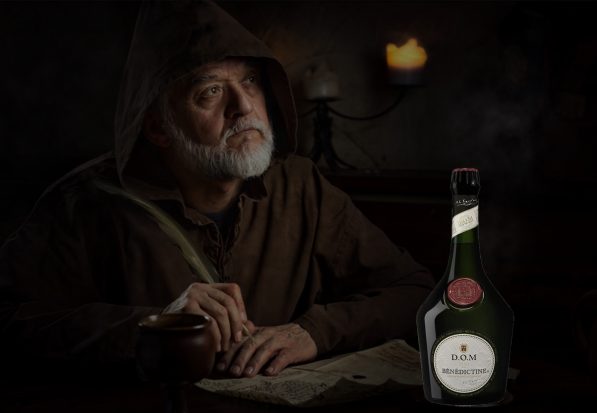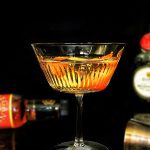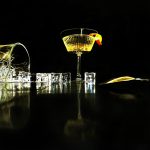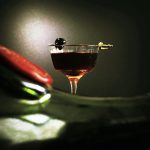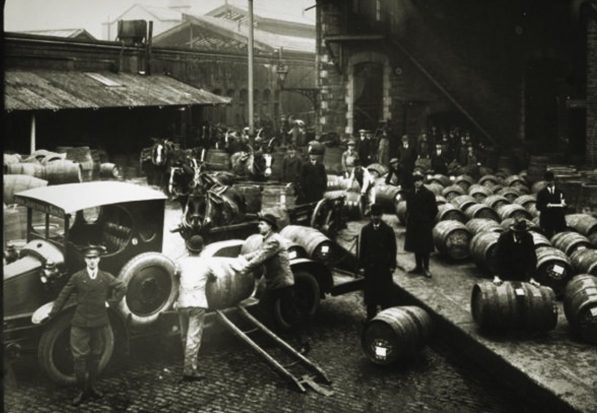It’s not a huge leap of faith to assume that Bénédictine was created by monks. In fact, many herbal liqueurs had their beginnings in religious orders, as the monks had a penchant for dabbling with medicinal liqueurs.
What you might not know is that the history of this liqueur actually goes back to the 16th century, to a Bénédictine monk, named Dom Bernardo Vincelli. As the story goes, the year was 1510, and Vincelli, who was a keen botanist wanted to create a concoction for reviving tired monks.
Vincelli was a member of the Abbey de Fécamp in Normandy, and in 1524, François 1 of France came to Fécamp. The elixir had been attracting a fair amount of attention and after providing a sample fro the king the elixir gained the royal seal of approval.
Vincelli wrote the recipe for the elixir in a manuscript and for the next two centuries, the monks continued to make the potion. All of that though was about to change as the French Revolution destroyed not only their contemplative lives but also the abbey in which they lived.
Wisely as the monks fled, they gifted their most precious manuscripts to their benefactors, including Prosper Couillard, who had been a trustee of the Abbey.
The manuscript lay hidden and forgotten for nearly a century until, in 1863, Couillard’s grandson Alexandre Le Grand, who was a wine merchant discovered Vincelli’s manuscript and the recipe for his famed elixir.
Although the elixir was reputed to be incredibly effective, it wasn’t very pliable, so Le Grand used his considerable influence and assets to further develop the elixir. Liqueurs were becoming incredibly fashionable in the 19th century, especially though based on expensive herbs and spices to which the average person wouldn’t have access.
Le Grand trademarked Bénédictine in 1864, incorporating the acronym D.O.M, which stands for Deo Optimo Maximo translates to “God, infinitely good, infinitely great,” to reinforce its monastic roots. It was produced at Palais de la Bénédictine near the original abbey.
Now herbal liqueurs, no matter where in the world they are made, always tend to keep their ingredients a secret. Benedictine is the same, with the company revealing only that it contains angelica and saffron. And while it is believed that it could also include hyssop, lemon balm, juniper, aloe, arnica, and cinnamon, no-one knows for sure.
Distillers at Bénédictine have revealed a little about the production methods, saying that the 27 ingredients are divided into four groups. Each group is combined with neutral spirits and distilled either once or twice in copper stills. The result is four distillates called esprits.
The esprits are aged for eight months then blended with honey for flavour and infused with saffron for colour. This blend is double-heated to finish the flavour before going into oak barrels to age for four months. Before bottling, the liqueur is filtered.
Bottled at a full 40 percent alcohol by volume (80 proof), which is strong for a liqueur, being the same ABV as the average whiskey, rum, or any of the other base spirits, Bénédictine is not a mild liqueur.
While none of the botanicals used in the liqueur dominate the blend, Bénédictine has an overall flavour of sweet honey accented with holiday spices, stone fruits, and an herbal nuance.
While Bénédictine is often enjoyed on its own, it is more commonly included in cocktails as it works well with brandy, gin, vodka, and whiskey.






